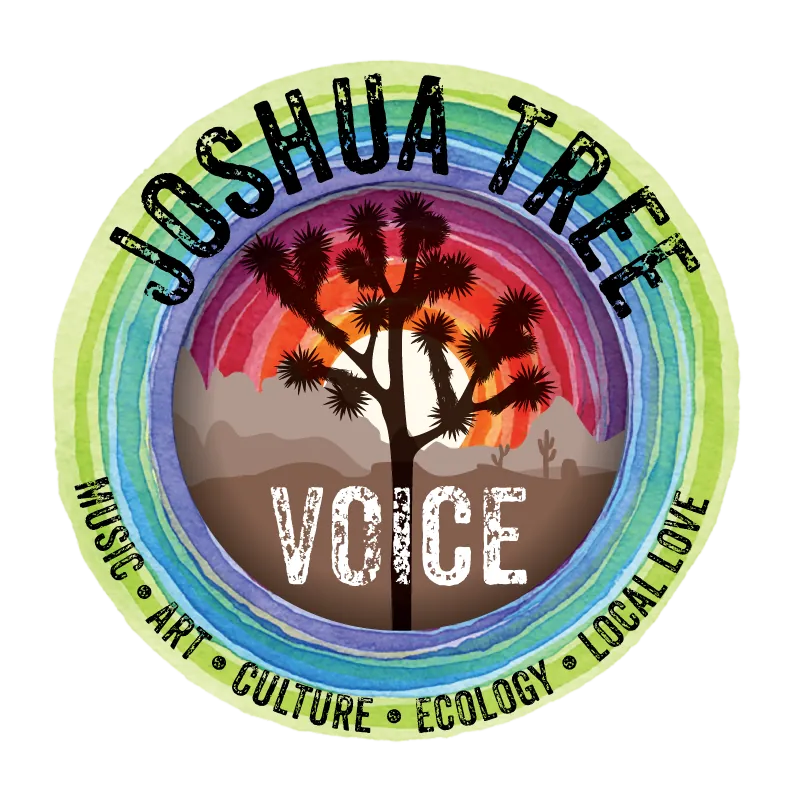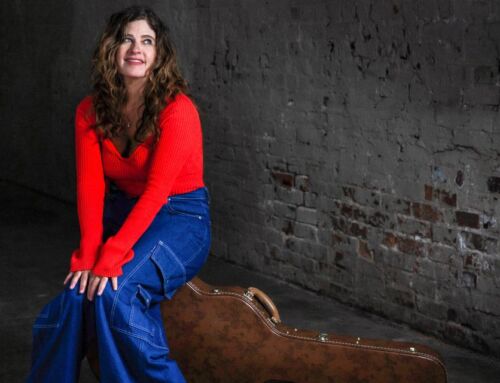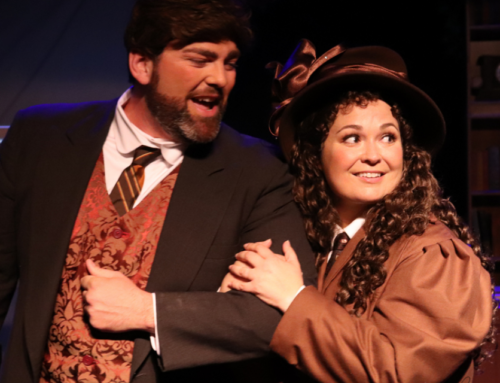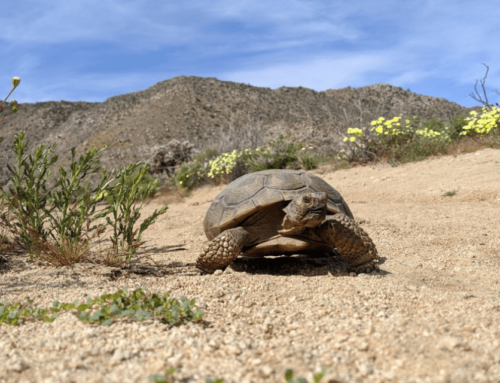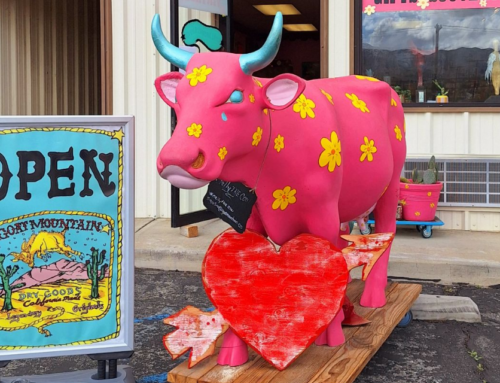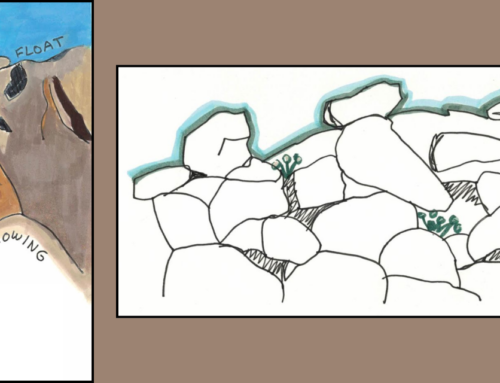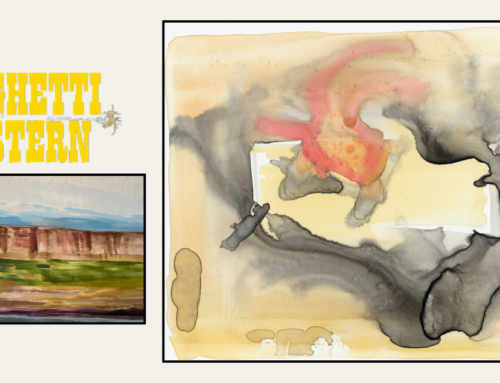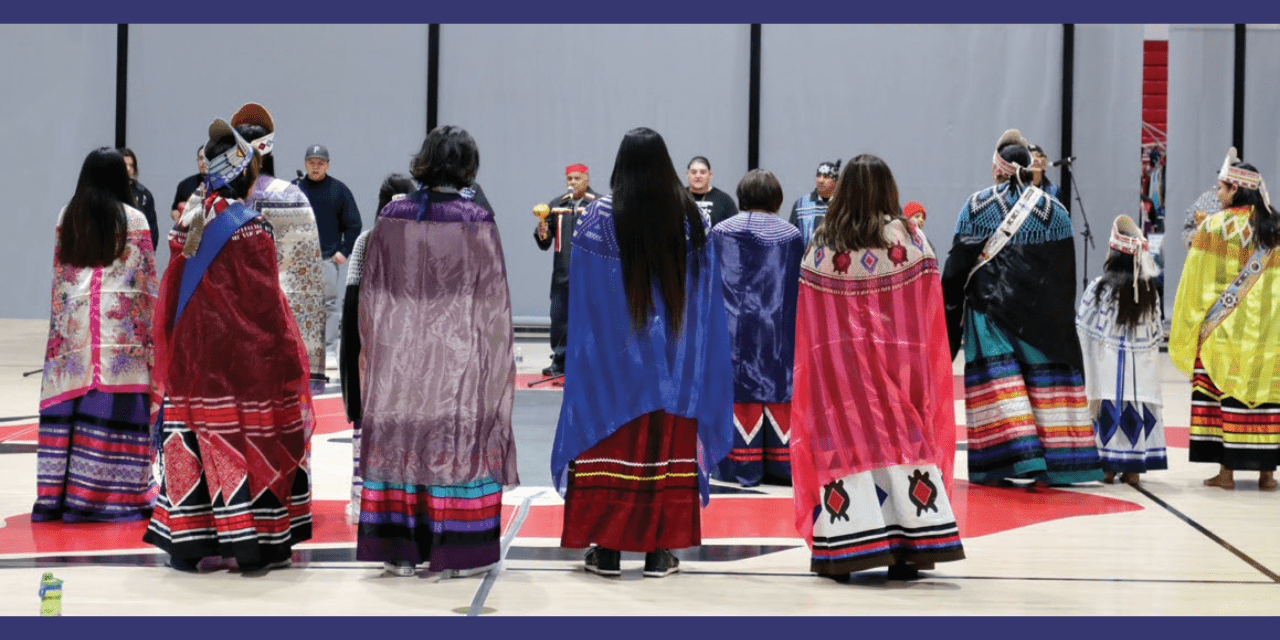
The Songs of Our People
Bird singers and dancers celebrate and share Native American heritage.
This article reprinted by permission from Me Yah Whae magazine Fall/Winter 2023-2024 edition
History and song are forever tied together for the Agua Caliente Band of Cahuilla Indians. Bird songs tell stories about the Cahuilla migration long ago and the lessons learned along the journey — the knowledge, culture, and traditions — to be shared with future generations. Accompanied by the metered beat of gourd rattles, the songs describe the landscapes, the weather, the animals, and all worldly things in a timeless refrain of instruction, inspiration, guidance, and knowledge.
Women and girls danced, but only men and boys could sing.
About 50 years ago, the music of the Tribe slowly dwindled, nearly coming to an end. No one from the Agua Caliente Indian Reservation was singing bird songs publicly or teaching them to younger generations.
Anthony Andreas Jr. learned the bird songs. That’s how bird singing came back to Agua Caliente. “My father started sharing with family and friends the songs,” says Anthony J. Andreas III, a bird singer and tribal elder.
“It is our generation’s responsibility to pass down the traditions, what we’ve learned, to the next generation to keep the culture living.”
Reid D. Milanovich, Tribal Chairman
“He began a group of singers and dancers of all ages to share the bird songs and our culture.”
They brought back the songs, gourd rattles and all.
“We sang bird songs at the Andreas Ranch; we sang at fundraisers at the University California, Riverside; we sang and performed in various parades; and we went to fiestas at different reservations to share the songs,” he continues. “Then, those children who were in those groups shared those songs with their children who are continuing the tradition of bird singing by sharing it with their children and continuing the culture.”

Members of many Southern California tribes participate in Singing the Birds.
Now, every year, the Agua Caliente Tribe hosts an annual festival where singers and dancers from tribes across Southern California and the Southwest gather to celebrate and share with the public the region’s abundant Native American heritage. More than 2,500 singers, dancers, and guests converge on Palm Springs High School for the free-to-the public Singing the Birds festival.
While powwows across the region may feature bird singing and dancing as part of their events, Singing the Birds focuses solely on rhythmic storytelling.
“It is our generation’s responsibility to pass down the traditions, what we’ve learned, to the next generation to keep the culture living,” says Reid D. Milanovich, chairman of the Agua Caliente Band of Cahuilla Indians.“Keeping that spirit alive is very, very important.”
For bird singer John R. Preckwinkle III, Singing the Birds was the first bird singing event he attended and sang publicly. “It’s one of my favorite events,” he says. “It’s such a big event where everyone comes around. We put our best foot forward for that one. The event is showing everyone that our culture is thriving, and that our desire is that the songs be passed down in a traditional way from elder singers to beginner singers.”

Photo: Kate Anderson.
Young tribal members learn the bird songs from their elders, ensuring their traditions carry into the next generation.
Traditionally, the Cahuilla bird songs include more than 300 songs, sung in order from dusk to dawn over multiple days. Singers perform in a line with the leader at the center. It’s common during the songs for singers to break formation and dance. Boys and men sing and dance, while the girls and women dance rhythmically to the beat of the gourd rattles.
“We have Singing the Birds to show everyone that our culture is still being practiced, and we are very willing to share that knowledge with community members.”
Gerald Clarke,
Cahuilla Band of Indians, Anza
This year’s event was led by Gerald Clarke of the Cahuilla Band of Indians based in Anza. Groups that performed included the Painiktem Bird Singers, Kawiya Bird Singers, Torres Martinez Bird Singers, Mountain Cahuilla, and Inter-Tribal Bird Singers, and they were joined by the Kumeyaay Bird Singing Group, Ashaa Takook, and Avi Kwa Ame Bird Singers.
Clarke, who learned the songs from Bill Madrigal Sr. (Cahuilla) and Alvino Siva (Los Coyotes), has been attending the Singing the Birds event for about 15 years. “I’ve always had an interest in our Native culture, and that becomes more important when you are a parent,” Clarke says. “Both of my daughters were raised here on the [Cahuilla] Reservation. They grew up here. A lot of summer nights, they would fall asleep with us singing the songs. Now, they are going to events and bird dancing.”
Passing on the songs is a duty, Clarke says. “It’s a responsibility that we are born into. When you know our traditional culture, it’s a communal thing, and I feel that responsibility to give back to the community and move our culture forward.”

Photo: Justin Polizzi.
Bird singers throughout Southern California and beyond often wear ribbon shirts during performances.

Photo: Joey Jarecki
In addition to singing and dancing, the Singing the Birds event also features a marketplace offering Native clothing, beadwork, basketry, and books as well as food vendors, including the popular Jenny’s Indian Tacos.
Many agree that, thankfully, bird singing is a tradition that’s being carried on.
“We have Singing the Birds to show everyone that we are still here, and we still exist,” Clarke says. “It showcases that our culture is still being practiced, and we are very willing to share that knowledge with community members.”
It also helps ensure the tradition will never be lost.
“Singing the Birds is an important event to remind all of us that our cultural resurgence might not be happening if 50 years ago someone didn’t take a chance to teach someone else a song,” Andreas III says.
For information about the next Singing the Birds event, visit aguacaliente.org.
